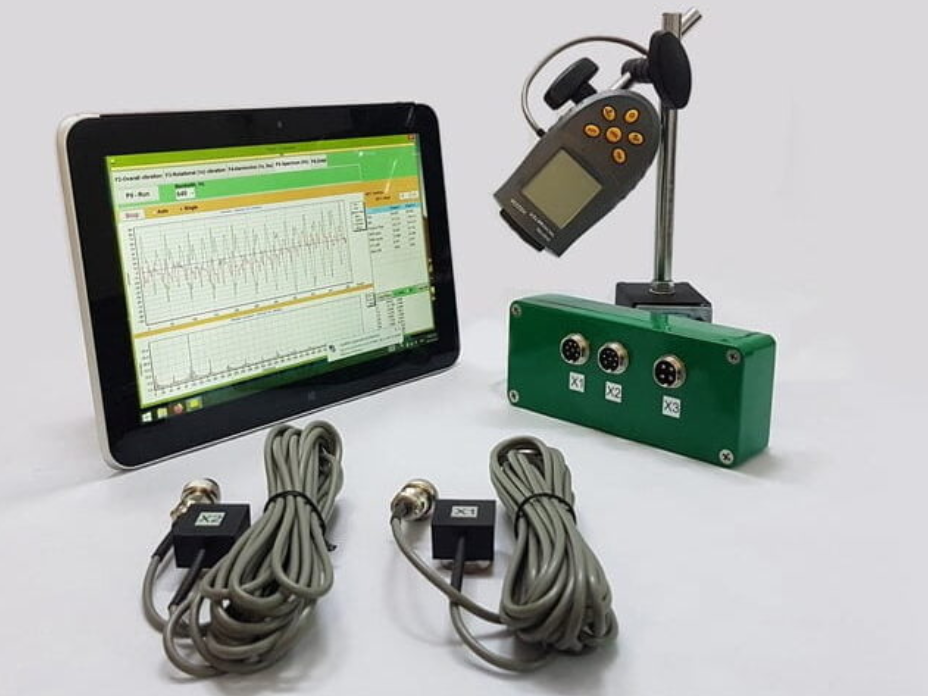U.S. Stocks Mixed After Putin Claims Progress in Ukraine Talks

Technology stocks extended their declines Friday, dragging broader indexes toward weekly losses, as volatility reigned and inflation fears heightened.
Stocks opened higher, as traders bought stocks after Russian President Vladimir Putin said in televised remarks that there had been positive developments during talks with Ukraine, even as Russian forces continue to pound Ukrainian cities. By afternoon, stocks’ losses accelerated, with the S&P 500 and Nasdaq Composite solidly in the red and the Dow Jones Industrial Average briefly turning negative, as investors weighed the risk of heading into the weekend holding stocks.
“You see a sentence out of
and the markets react to that. Everyone’s on edge,” said
Joseph Amato,
chief investment officer of equities at Neuberger Berman Group LLC. The market is ready to bounce back if the crisis deescalates, he said, at the same time markets could be more volatile and reprice lower if the crisis worsens.
The blue-chip Dow Jones Industrial Average rose 90 points, or 0.3%, in afternoon trading. The S&P 500 was down about 0.2%, while the Nasdaq Composite fell 0.9% as technology stocks extended their weekly declines.
All three indexes are on track to end lower, with the Dow industrials set to close down 1% for the week, which would mark its fifth consecutive weekly loss. The S&P 500 and Nasdaq Composite are on pace to lose 1.8% and 2.2%, respectively, for the week, which would cap the fourth weekly loss in the past five weeks for both indexes.
Big swings are now commonplace for major stock indexes, yet even by those standards this week’s jumps and falls have been extreme, some investors and traders said. On Monday, soaring oil prices sent stocks tumbling, with the S&P 500 posting its worst day in over a year. Two days later, the benchmark index jumped 2.6%, its biggest gain since 2020.
Next week could bring more choppiness. The Federal Reserve meets next Tuesday and Wednesday to vote on whether to raise the base interest rate and by how much. Fed-funds futures, used by traders to wager on interest-rate moves, see a 96% probability of a rate increase of 0.25 percentage point at the meeting. A month ago, Fed-funds futures showed a 50% probability of a rate increase of 0.50 percentage point.
Investors and traders say they are also bracing for more sanctions imposed on Russia by the West. President Biden said Friday that the U.S. will join major allies and the European Union in moving to revoke normal trade relations with Russia.
Mr. Amato said one of his big concerns is how the crisis in Europe could slow global economic growth and keep inflation at multidecade highs. Thursday’s consumer-price index data in the U.S. showed that inflation last month was largely driven by an increase in energy prices. The data didn’t account for March, when oil prices jumped.
Among the worst performers this week: technology companies. The tech-heavy Nasdaq Composite entered bear market territory on Monday, defined as falling 20% from its recent high. Rising inflation has pressured tech stocks, traders said.
Shares of
tumbled 22% after the software maker released softer-than-expected guidance.
shares rose 3.6% after it reported its cloud-business revenues jumped 24% from a year earlier.
“Earnings growth expectations are slowing dramatically, and at the same time inflation is rampant. That means tech stocks that depend on big earnings growth are getting hit hard,” said
Dan Morgan,
a senior portfolio manager at Synovus Trust Co., which owns shares of several tech heavyweights.
Energy companies were standouts this week, the only sector in the S&P 500 on track to end the week positive, rising along with the price of oil. On Friday, Brent crude futures, the international oil benchmark, were up 2.4% at $108.56, having pared some gains after Mr. Putin’s comments. Oil prices are hovering near their highest level in years, despite retreating in recent days. Earlier this week, the United Arab Emirates said it would push the Organization of the Petroleum Exporting Countries to pump more oil, helping assuage some fears about a supply crunch.
The volatility has sent investors scrambling to rebalance portfolios. Investors in recent weeks have moved in and out of safer assets as news reports about the conflict have quickly changed. The ICE U.S. Dollar index, for example, which measures the greenback against a basket of other currencies, lost 0.1% after Mr. Putin’s comments, erasing gains from earlier in the day.
Meanwhile, the yield on the benchmark 10-year Treasury note also reversed course, rising to 2.015% Friday, from 2.008% Thursday. Yields climb when bond prices fall.
In Europe, the pan-continental Stoxx Europe 600 added 0.9%, notching a 2.2% weekly gain. Germany’s DAX index jumped 1.4%, finishing the week ahead 4.1%
Russia’s stock market remained closed Friday. In offshore trading, the ruble advanced against the greenback to trade at about 114 rubles per dollar. Assessing the price of the ruble has grown difficult since Russia imposed measures to stem the currency’s selloff and as Western banks have shunned Russian assets.

Global stock markets have swung wildly this week.
Photo:
Allie Joseph/Associated Press
In Asia, stock markets were mixed, with Japan’s Nikkei 225 down about 2.1%, while Hong Kong’s Hang Seng Index fell 1.6% to close at its lowest level since July 2016. The Shanghai Composite, in contrast, added 0.4%. All three indexes ended lower on a weekly basis.
This came after the Securities and Exchange Commission provisionally named on Thursday five New York-listed Chinese companies, including Yum China Holdings and BeiGene, as firms whose audit working papers couldn’t be inspected by U.S. regulators. That prompted a sharp selloff in U.S.-listed Chinese stocks, with the Nasdaq Golden Dragon China Index tumbling 10%.
—Alexander Osipovich contributed to this article.
Write to Caitlin McCabe at caitlin.mccabe@wsj.com and Corrie Driebusch at corrie.driebusch@dowjones.com
Copyright ©2022 Dow Jones & Company, Inc. All Rights Reserved. 87990cbe856818d5eddac44c7b1cdeb8








